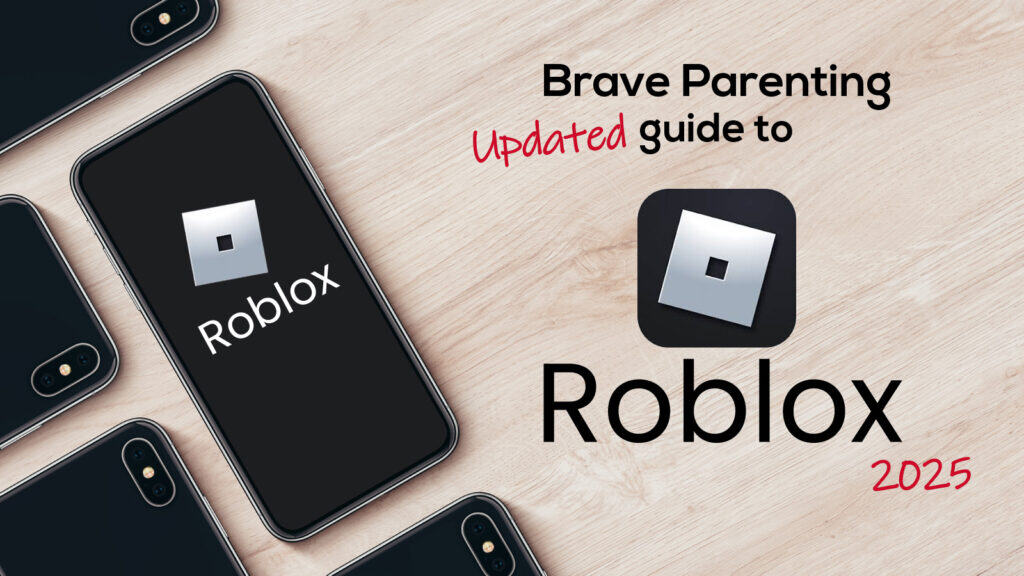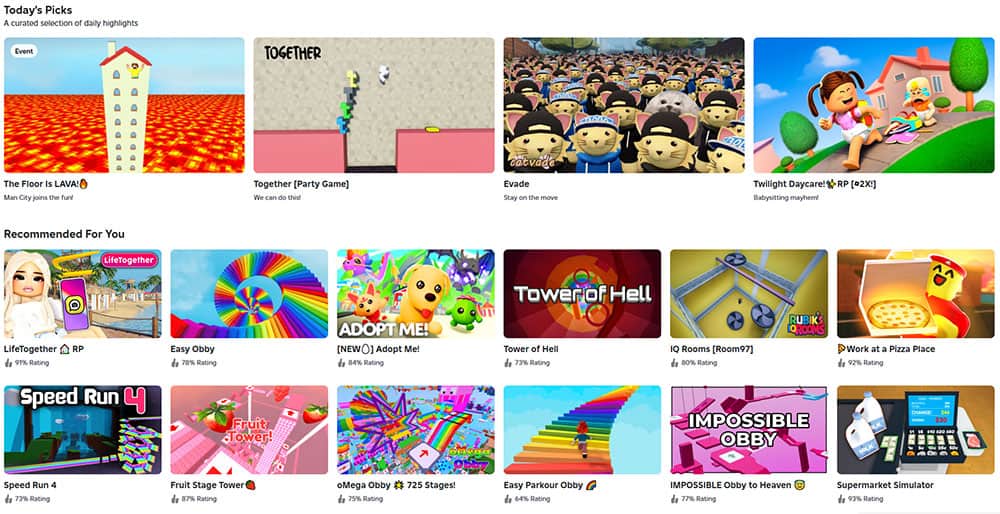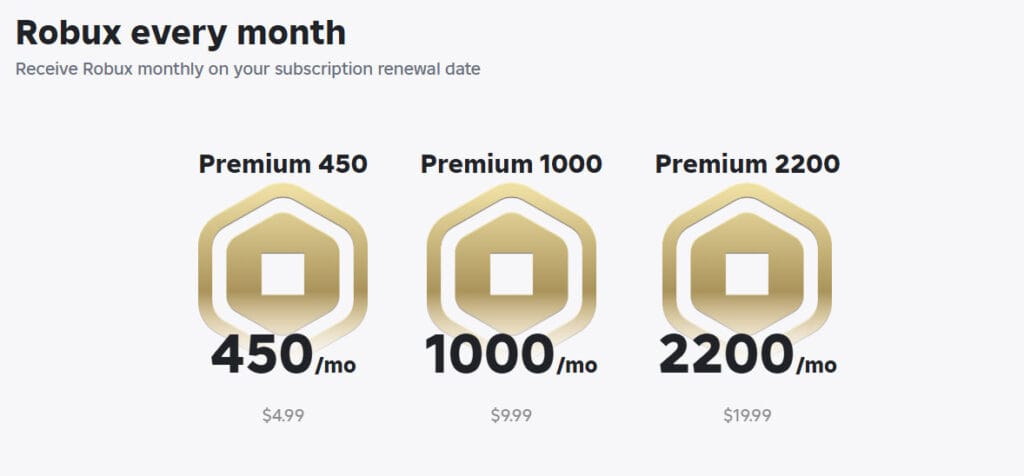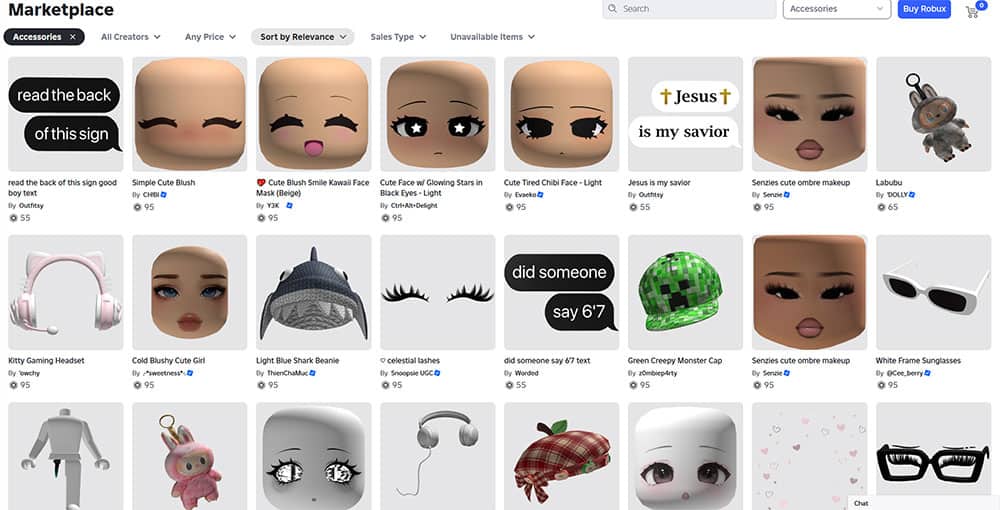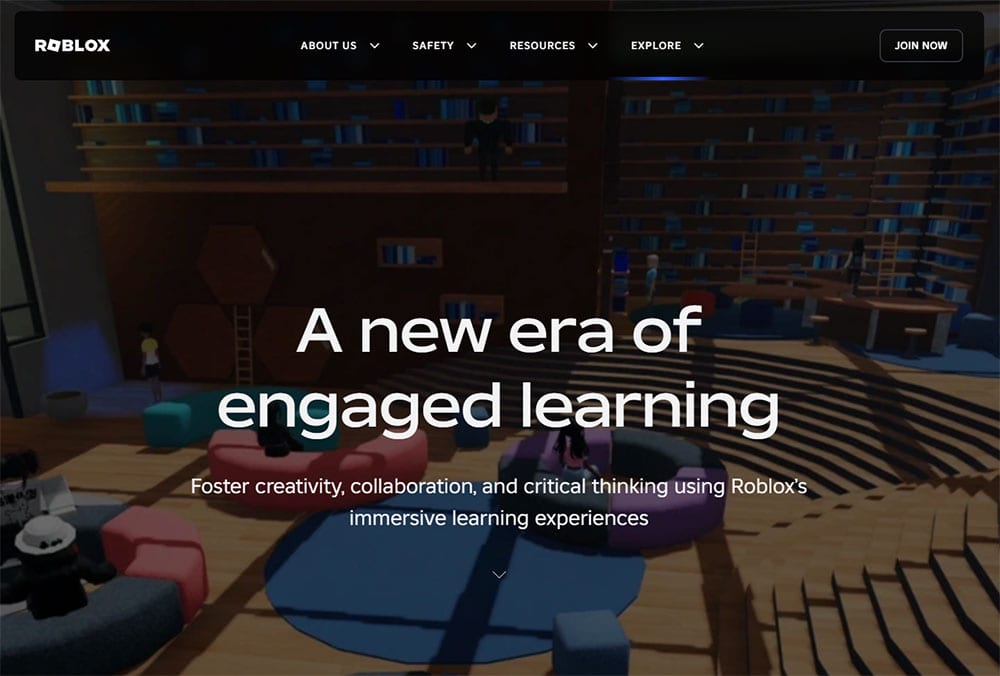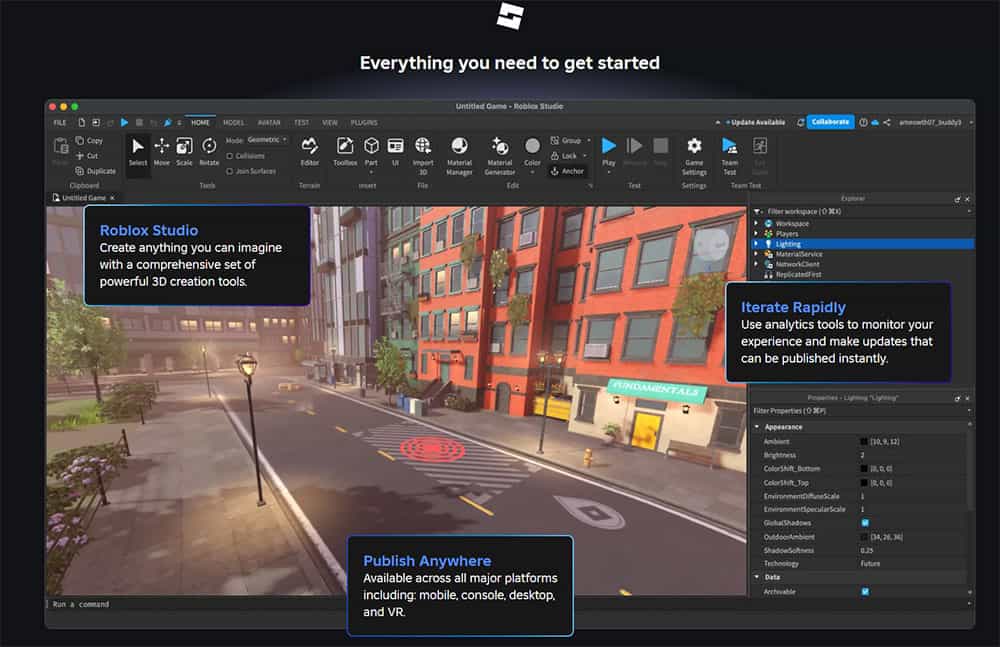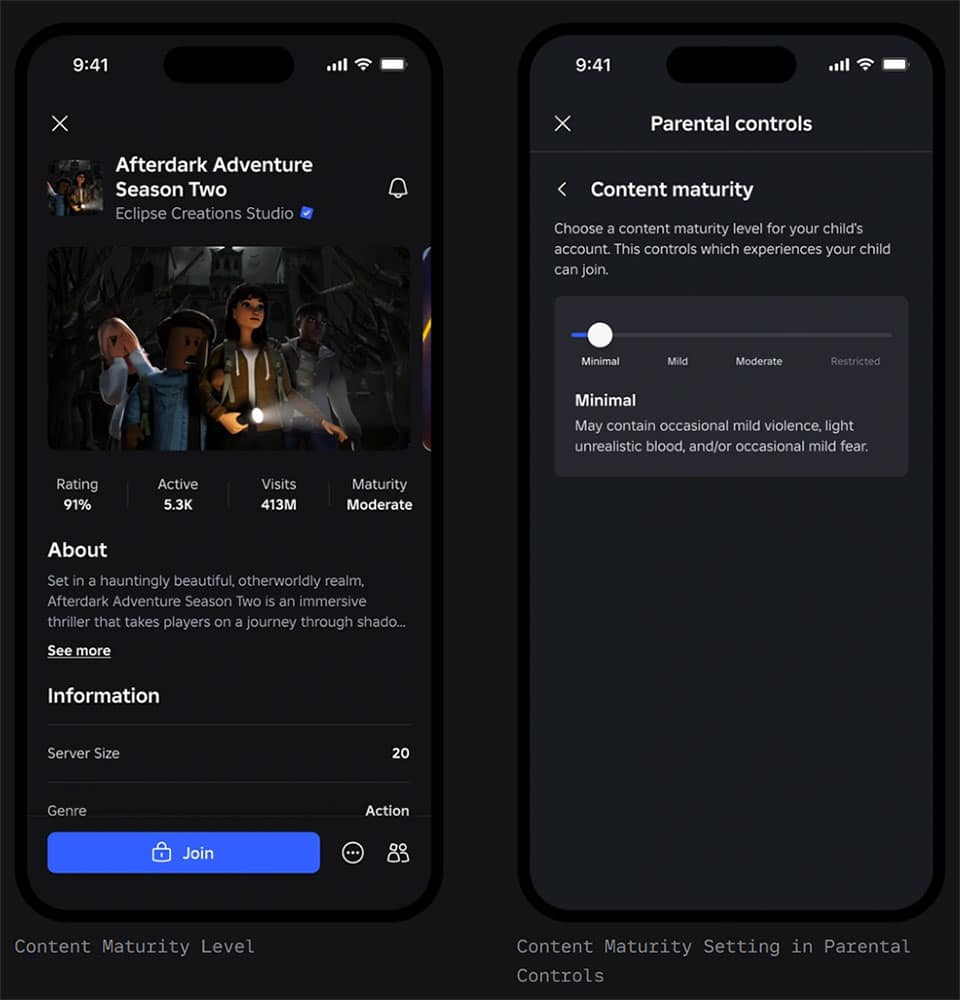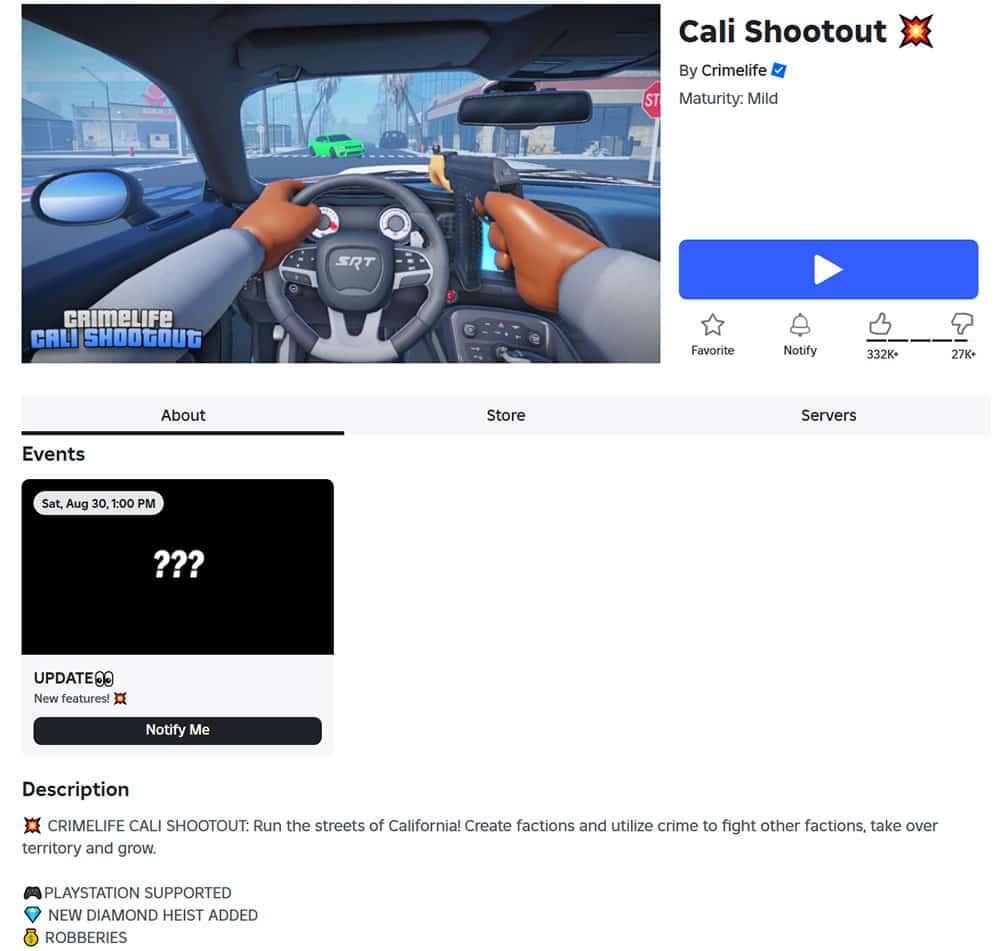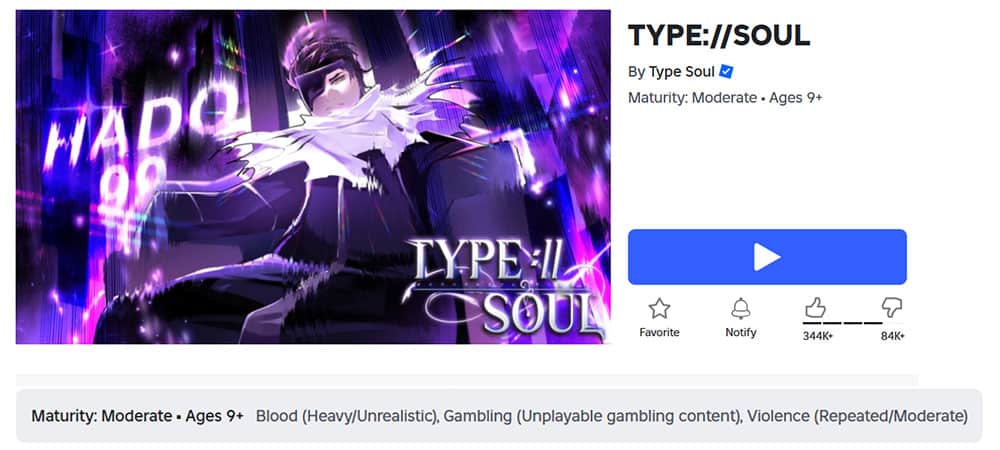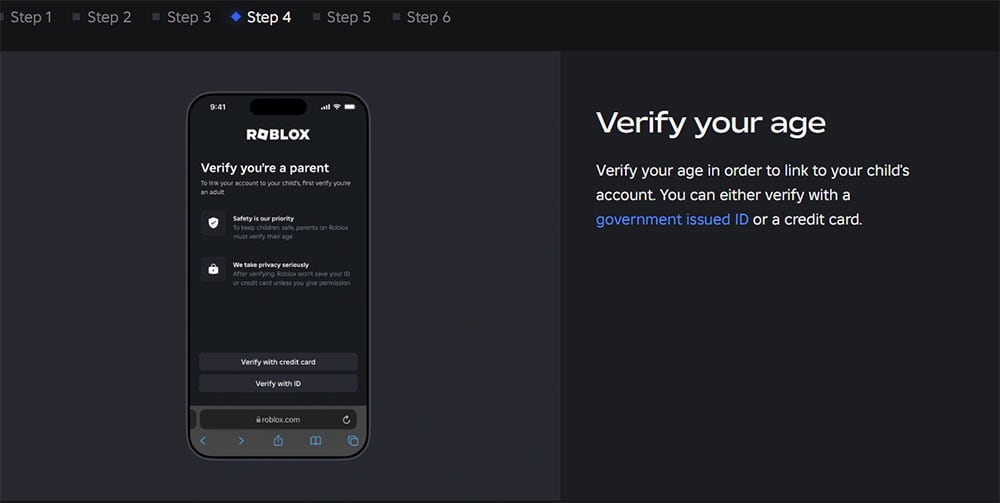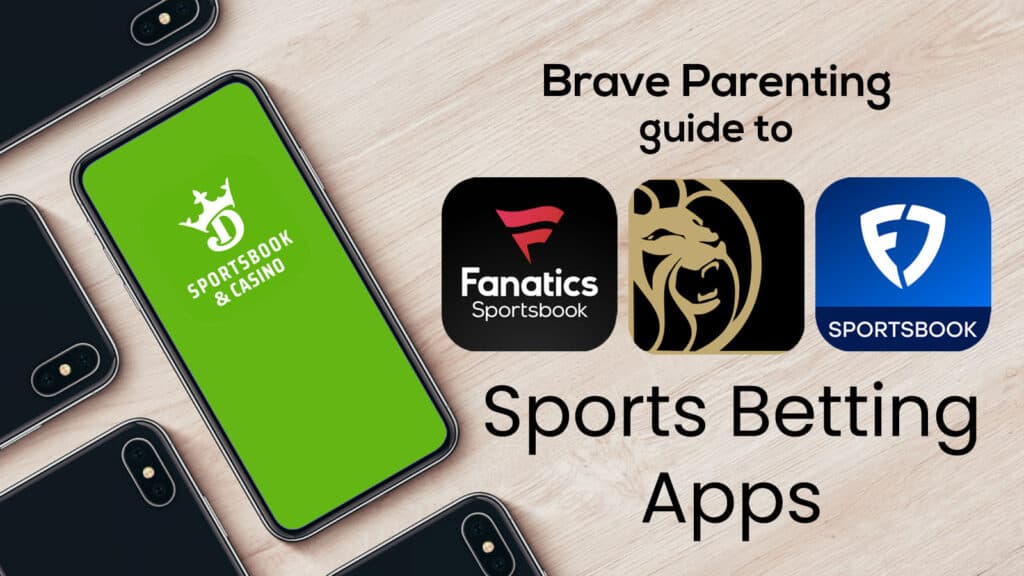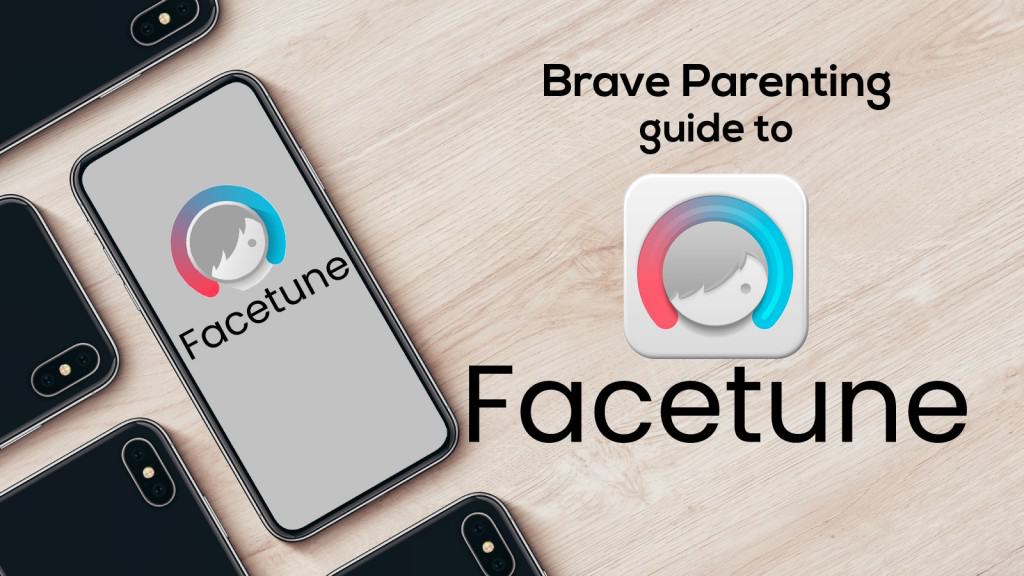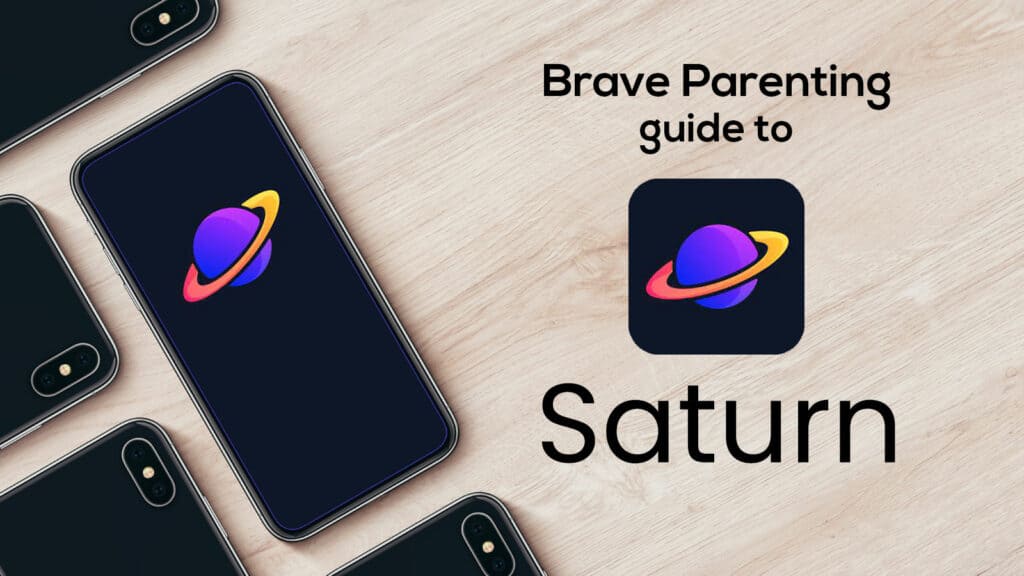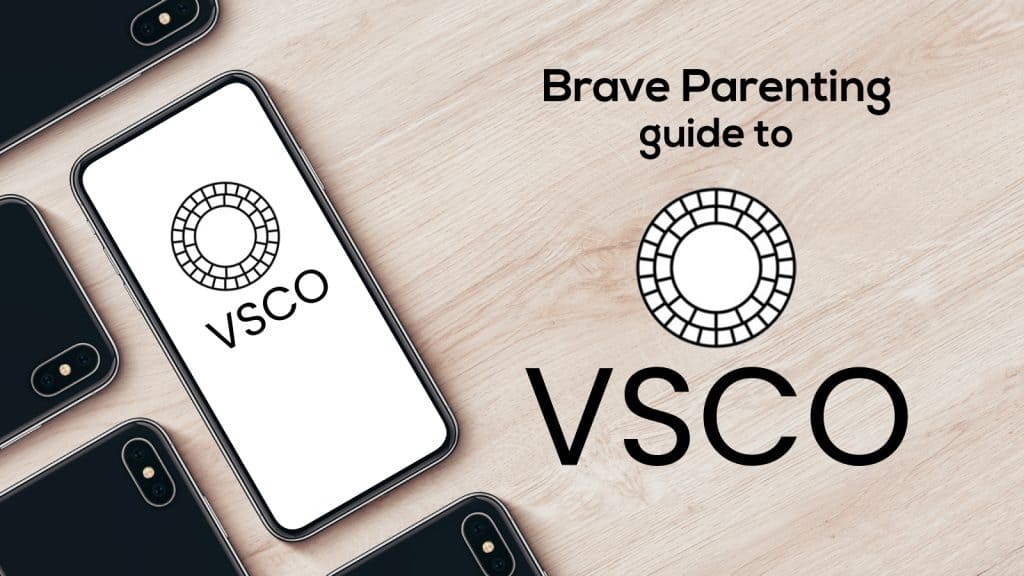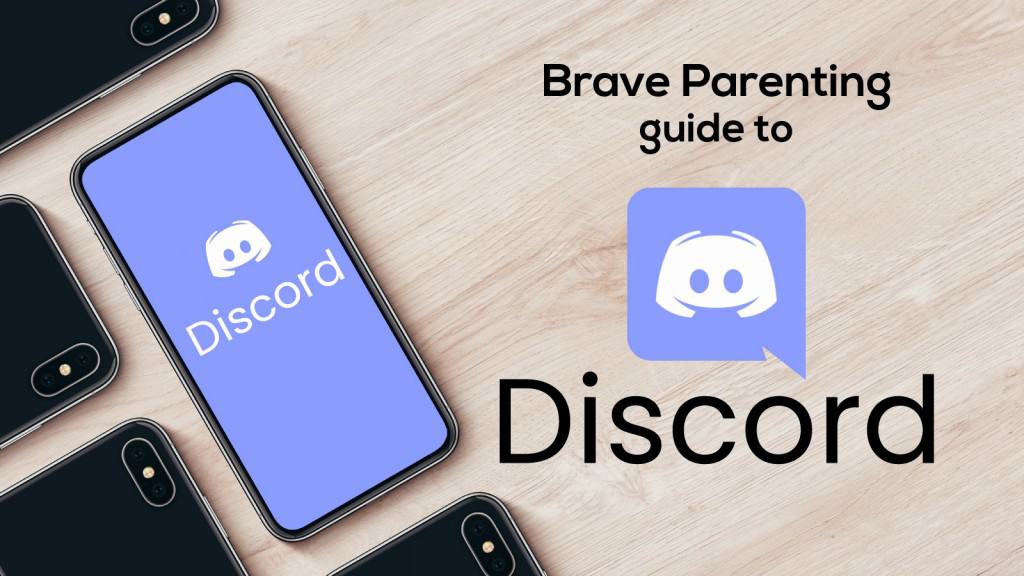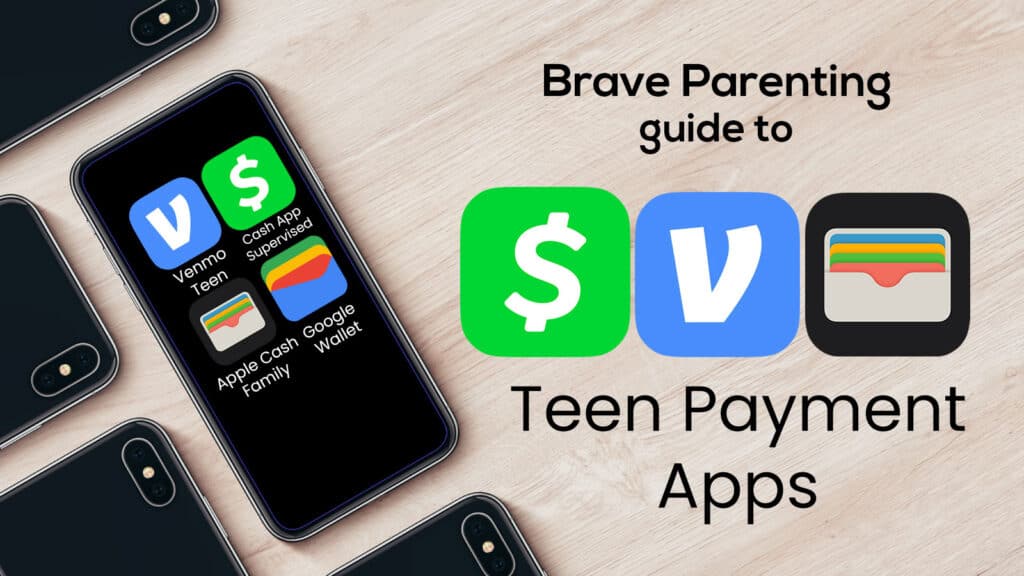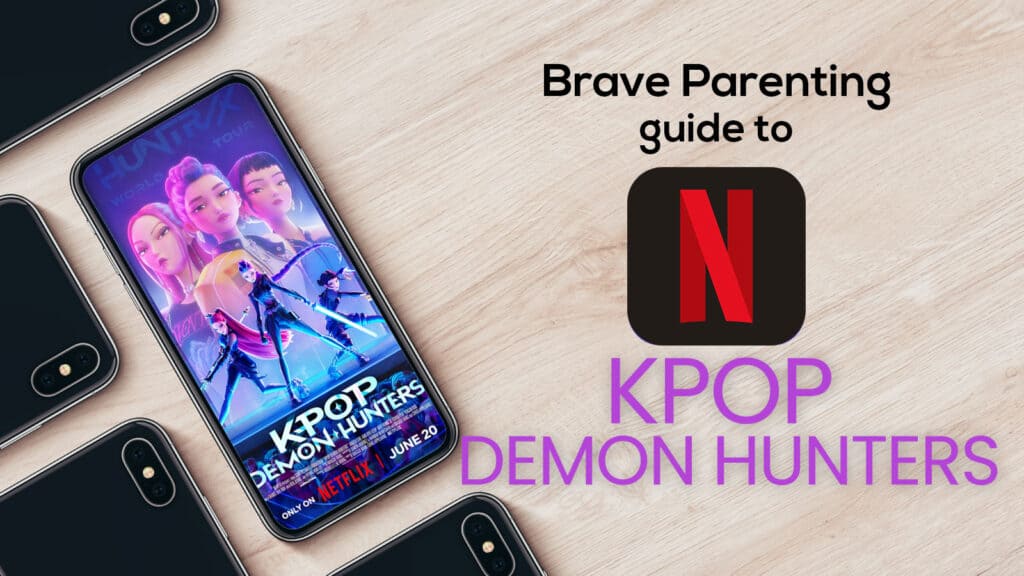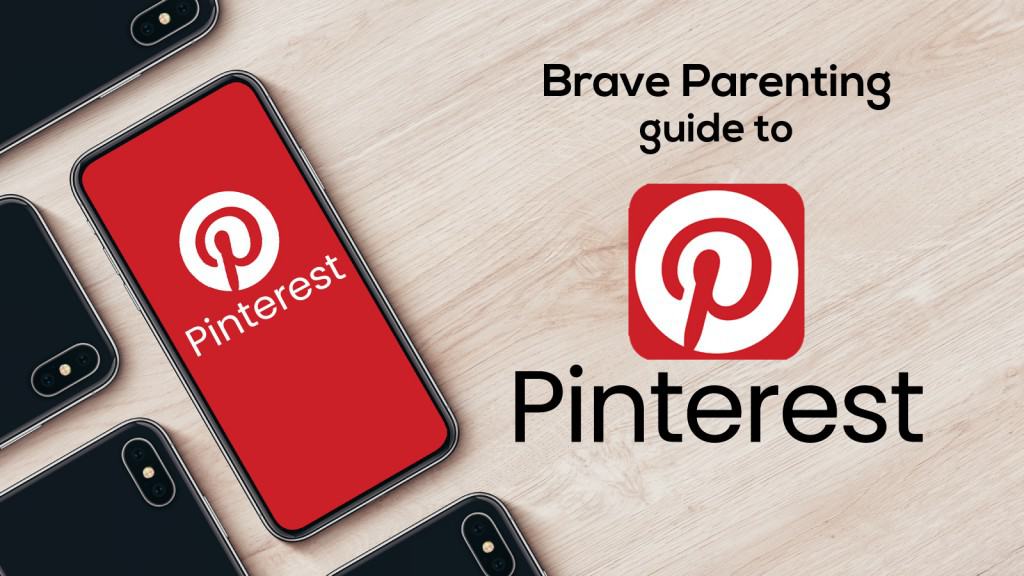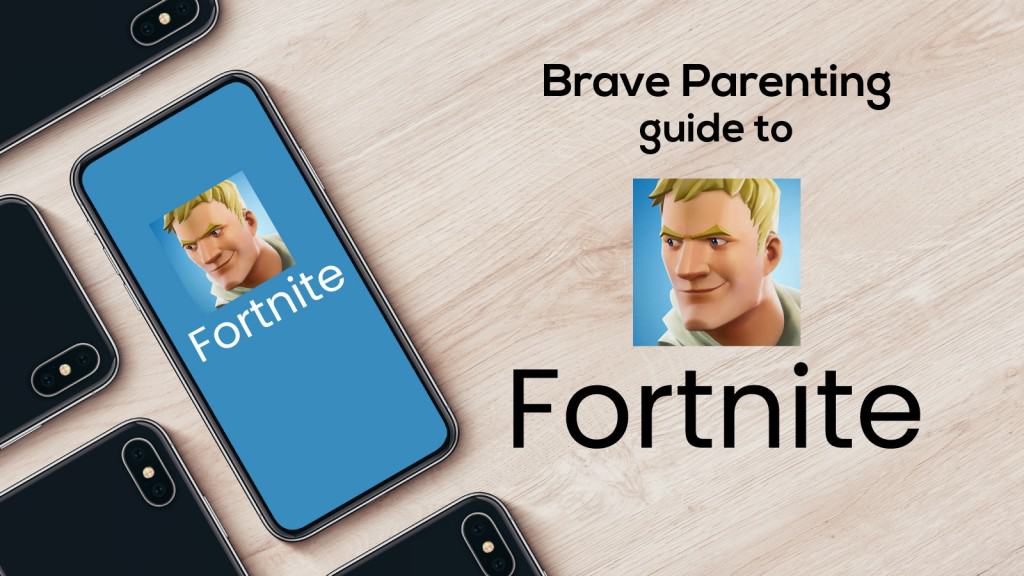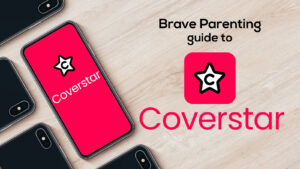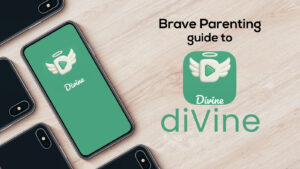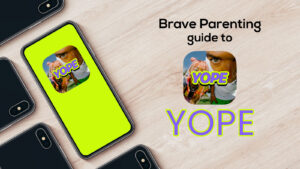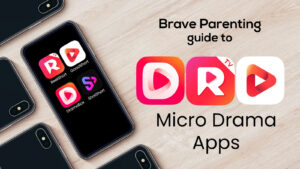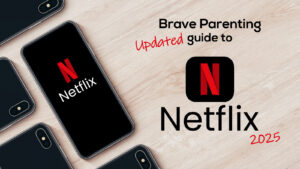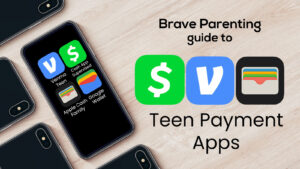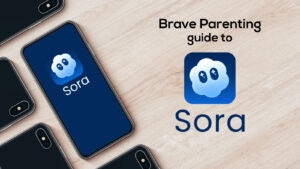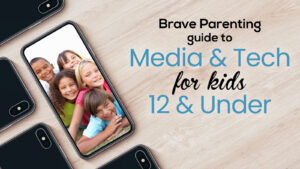Updated August 2025
What is Roblox and is it appropriate for my child?
Roblox has been around for nearly 20 years and boasts over 100 million daily active users. Their primary audience is 8-12-year-olds (and sadly, it seems also adults who target children).
CHECK OUT OUR RECENT PODCASTS: Part 1: Roblox, Dangerous by Design and Part 2: Roblox & the False Gospel Experience
Here are 5 FACTS every parent needs to know about Roblox:
#1 A Platform of Endless Games
Roblox is not a single game. It is a global platform hosting nearly 100 million daily active users and user-created games. Roblox is available on PC, Mac, mobile devices, Xbox, and even VR.
Players create avatars, explore countless genres of “experiences” (racing, role-play, horror, shooting, survival, fashion), and socialize in open lobbies. An “experience” in Roblox is any type of user-generated virtual world where people can socialzie, play, and explore. It could be a game, virtual concert, or even a commercial where the users interact with marketing campaigns and product showcases. Everything is now an “experience.”
Some “experiences” are simple and harmless. Others, however, are dark, violent, and sexualized. Kids can easily stumble into a game or experience that appears innocent (and is labeled “MILD”) but contains mature content.
Roblox’s current marketing slogan is: Reimagining the way people come together! While this may sound inspiring, the reality of Roblox is that it brings together people (including adults and children) in a virtual world without accountability or boundaries.
Not only that, their vision for the way people come together is that everyone “lives” in the virtual world of Roblox. Listen to our podcast, Roblox: The False Gospel “Experience” (releasing 8/29).
Creating an Account
To create an account on the official Roblox website, you only need your date of birth, username (which they encourage you not to use your real name), and password. Any child can accomplish this.
Roblox does not enforce a minimum age; in fact, it claims to have players of all ages on the platform. The Terms of Use, however, state that anyone under 13 years old must have a parent or guardian agree to the terms on their behalf. Do they, though?
To activate parental controls, the parent must log in to the child’s account and access the parental controls, where they will create a parent login. To link their account to their child’s, they must verify their age using a government-issued ID or credit card. See point #4 below.
#2 Free to Play but Built to Spend
Roblox is free to download, but you don’t get far without money. The in-game currency, Robux, is bought with real money and can be used to buy cosmetic items, upgrades, and other special perks.
Roblox offers a premium membership ($4.99-$19.99/month) that includes monthly Robux, premium-only levels, boosters, and other marketplace perks.
Game creators can monetize their games through both in-game purchases and charging for gameplay. Top creators can earn millions each year, which only incentivizes addictive design.
For kids, the amount of ads, upgrades, and limited-time offers generates immense pressure to spend money inside the game(s). It’s like its own economy – except children aren’t learning economics, they’re being taught ephemeral consumerism.
#3 Educational or Dangerous?
Roblox promotes itself as an educational platform, particularly in STEM (science, technology, engineering, and mathematics). This is done by providing opportunities for kids to learn coding (Lua), game design, and entrepreneurial skills through Roblox Studio.
Although it may be true that they offer this, the reality is that a very small percentage of children and teens actually use the platform in this way. The educational angle is oversold as a redeeming quality to mislead parents. The majority of kids aren’t creating games; they are consuming them.
However, as part of their vision to “Reimagine How People Connect” they have a stated goal of educating 100 million students by 2023.
Is Roblox, with all its different play and communication features, safe? The general consensus over the last five years has been “No!”
The safety concerns are primarily divided between inappropriate content (violent, sexual) and open communication (between adults and children). Roblox has long faced an enormous amount of scrutiny due to the numerous news stories about grooming conversations, private sex rooms, and avatars sexually assaulted. In October 2024, Hindenburg Research released a report referring to Roblox as a “Pedophile Hellscape for Kids”
That media coverage, along with the UK’s Online Safety Act 2023 coming into effect, and the legal action against them (multiple lawsuits from families and the state of Louisiana alleging Roblox’s inadequate safety controls enabled sexual exploitation of children), has finally led to Roblox introducing some safety measures for children under 13 and for 13-17 years old.
There is an equal “safety” red flag that often goes unmentioned: “addiction.” Parents across the globe report and lament the addictive nature of Roblox based on its design:
- Never-ending novelty with over 40 million games for kids to enjoy endless entertainment.
- Reward systems built into games, offering level-ups, virtual rewards/currency, and unlocking new items.
- Ability to communicate with friends (virtual or real-life) inside the game’s “experiences” (and without supervision – something they don’t always get in real life!)
According to Statista, in 2024, US children and teens spend an average of 2 hours and 32 minutes per day in Roblox on a mobile device (time on a PC or console could be even higher). Those under 13 are actually reported to have a slightly higher average.
#4 Content Defaults & Parental Controls
Roblox has introduced age verification for all ages to access certain features. Users can still play for free and without verification, but the play is limited based on stated age.
They have also introduced new labels for content: MINIMAL –> MILD –> MODERATE –> RESTRICTED.
And, just to be clear, no one on the platform defaults to MINIMAL.
Under 13
Children under 9 years old will be automatically restricted to MILD-rated content for “experiences.” Parents can change this if they choose (the Roblox parental control help page seems to encourage allowing MODERATE-rated content for this age group).
An example of what Roblox deems MILD is Cali Shootout by a developer named “Crimelife”. See example below.
Children ages 9-12 have access to MODERATE-rated content but will need permission to access certain chat features inside of an “experience.” See example below: Type://Soul
Parental controls are only available for users under 13 years old. To activate, the parent must create a Roblox account from within their child’s account and verify their age with an ID or credit card.
Once the parent is verified, they can adjust content maturity ratings, screen time, spending limit, direct messaging ability, and their child’s visibility on the platform. They can also make changes to the child’s date of birth….which begs the question: how many kids/parents lie about their child’s age?
The default communication setting within this age group includes blocking direct messaging outside of games, but it still allows in-game public chat as the default.
Teens Age 13-17
The default content label for teens aged 13-17 is MODERATE (the same as for ages 9-12). See the above example: fight in a school
Parental Insights are available for users aged 13-17 years old. When the parents’ account is linked with the teen’s account, parents are given insight into their teen’s activity on the platform.
- View who your teen has connected with (regular Connections and Trust Connections)
- See how much time your teen spends on Roblox and in which experiences
- Receive spending notifications for every transaction your teen makes
To be clear, there are no parental controls for this age group. At 13+, Roblox shifts controls toward the teen, offering them privacy tools while giving parents insight (if their account is linked). Teens are granted special features (Trusted Connections with whom they can chat without filters) and teen-directed controls (Online status, In-Experience Visibility, Do Not Disturb, etc.).
Adults 17+
To access the RESTRICTED content, the user must verify their age with a government-issued ID or credit card.
#5 Ratings & Recommendation
App Store: 12+
Google Play: T for Teen
Roblox: All ages, under 13 with parental consent
Brave Parenting: Do not recommend
Five years ago, Brave Parenting offered an allowance for Roblox to be used only under direct supervision and with parental settings enabled. We now walk that back, based on the company’s lack of response to the harms done on the platform, and the overall direction the platform is heading. Roblox offers no redeeming value to a child compared to the risks it poses.
PARENTS: Check out our free Roblox PDF downloads:
Why We Are Saying NO to Roblox
Roblox Family Conversation Guide
What it Means to Be Human: Scripture vs. Roblox
Physical Isolation versus Real Community
Unlike Minecraft, there is no way to play Roblox without an internet connection. If two users or real-life friends wish to play together – as in real life, time, and space – they must both enter the same experience simultaneously and interact with each other through in-game actions or chat. Otherwise, there is no multiplayer feature that allows people in the same room to connect within the game (as they could on a Nintendo Switch, for example).
This inevitably leads to physical isolation. No matter how connected someone feels ONLINE, they will feel lonely and isolated the moment they disconnect, which is often why kids don’t want to!
God did not create humans for isolation. Genesis 2:18 says that God recognized it was not good for man to be alone. True community is embodied, life-on-life, where we sharpen one another (Prov 27:17) and build up the body of Christ (Eph. 4:15-16).
Hijacking the Term “Experience”
In 2021, the company intentionally changed the term “game” into “experience.” It’s claimed to be an attempt to circumvent App Store restrictions that categorize experiences differently from traditional games. Some claim it’s representative of their metaverse vision. Whatever the reason, it’s easy to see how the change in terms is to their advantage. A game ends, but an experience sounds and feels more like real life.
This is a nefarious lie! Virtual consumption is not the same as living life. Experience, as God created it, involves life-on-life, face-to-face relationships, fulfilling responsibilities to be discipled, to learn, worship, serve, and to have true joy.
Scripture calls us to “taste and see that the Lord is good” (Ps 34:8) and to live wisely, “making the best use of time because the days are evil” (Eph 5:15-16). God’s design for experience is rooted in creation, not a screen.
Keeping Teens “On Platform”
In a video podcast titled “Updates on Our Safety Initiatives,” the CEO, Chief Safety Officer, and Director of Public Policy describe the new feature, “trusted connections.” They suggest that Roblox provides a safe space to interact with friends (those trusted connections).
CEO David Baszucki argues that they try to keep people on the platform – not necessarily to drive engagement – but so that they don’t take their conversations off-platform. His reason is that conversations on Roblox are SAFER because they’re filtered for critical harms, and there is no real-time image sharing.
These CEOs have completely lost touch with reality. What is best for people of all ages, but especially children, is face-to-face real-life communication and experiences together.
Safety and Civility After Years of Developing a “Pedophile Hellscape”
Repeatedly on its website, Roblox boasts about its commitment to safety from the company’s inception. However, by allowing all ages to access the platform with great ease for nearly twenty years, they have facilitated connecting young children with adult predators, groomers, and other bad actors. For years, they hid behind Section 230, claiming immunity for user-generated content and behavior.
They’ve issued no public acknowledgment or apologies for the harm their platform has caused. Rather, they roll out new content labels and age-appropriate defaults with pomp and circumstance, acting as if this weren’t possible a decade ago. Age verification may not have been possible, but at any point in the last twenty years, they could have blocked kids from direct (private) messaging anonymous users.
Who holds Roblox Accountable for its Addictive Nature?
The entire structure of Roblox is designed to modify user behavior and enhance engagement. Otherwise known as: addiction. Content and communication considerations aside, everything from their Robux monetization, variable rewards, endless novelty, and FOMO-induced limited offers and events contributes to the enslavement that Roblox users feel.
While Roblox claims they hold content creators accountable for making game design changes to prevent abuse or misuse, it begs the question of who is holding Roblox’s feet to the fire, considering addiction? Their platform can cause children significant developmental harm. Yet, they make no changes to the platform in this way.
Scripture issues a clear warning: “For whatever overcomes a person, to that he is enslaved” (2 Pet 2:19). There is discipleship occurring on Roblox, but it isn’t into freedom in Christ (Gal 5:1); it is to slavery to screens.

